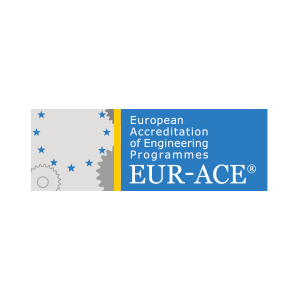Chapter 1: tensors
– Definition of tensor (use, order, transformation rules)
– Writing tensor relations: classical mathematical notation, Einstein convention, matrix notation.
– Tensors and symmetries (symmetric tensors, invariances and symmetries of the system)
Chapter 2: tensors and mechanical properties
– Definition of stress, strain, elasticity and rigidity tensors.
– The different types of stress/deformation (traction, shear).
– Voigt/engineer notation (6-component notation).
– Isotropic elasticity tensor
– Physical constants of isotropic elasticity (Young, Poisson, Coulomb moduli and Lamé coefficients).
Chapter 3: static couplings
– Direct and inverse piezoelectricity
– The piezoelectric tensor.
– The acousto-optic effect
– Couplings between static properties: general concepts and definition of effects (pyroelectricity, thermal expansion, etc.).
– Statistical theory of couplings and matrix representation (Voigt notation).
– Primary and secondary effects (e.g. primary and secondary pyroelectricity)
Chapter 4: anisotropic optics
– The representation of a tensor of order 2: the ellipsoid of indices and its geometric interpretation.
– Permittivity tensors and optical indices.
– Optical propagation along one of the main axes of an anisotropic system and the retarders (quarter-wave and half-wave blades).
– Optical propagation in any direction in an anisotropic system: birefringence and beam-splitters.













